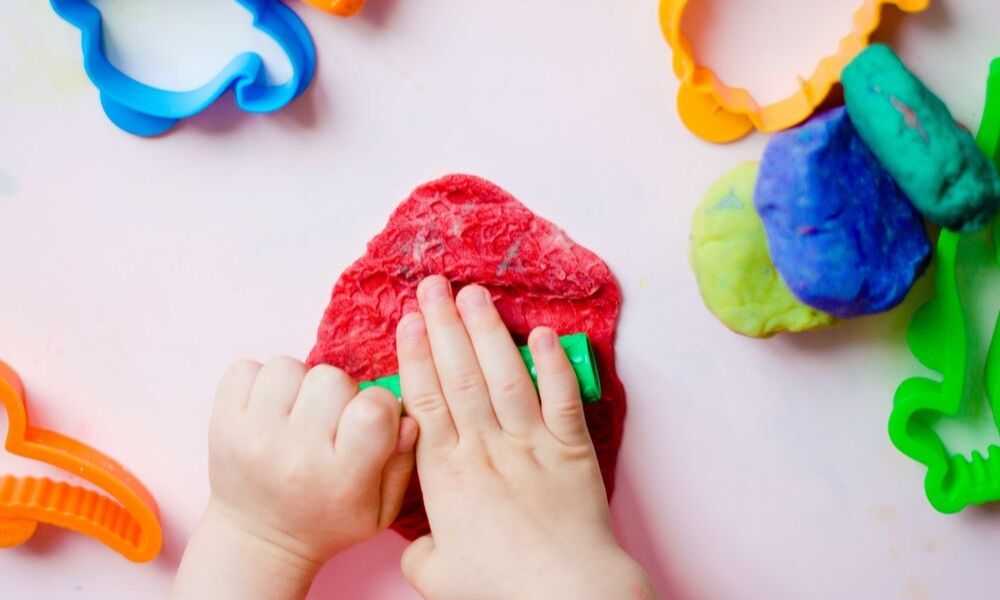Parents and teachers often use art as one of the earliest forms of education for children. This allows the kids to express themselves and to explore what makes them unique. Children with special needs are no exception—in fact, using art as an outlet is a great way for them to communicate in ways they may be unable to otherwise. You want to be sure to introduce your children to projects that are both safe and manageable. To help you brainstorm, we’ve created a list of fun and easy art projects for children with special needs.
1. Create an Expression Board
Present your child with magazines and family pictures and let them show you which ones speak to them. Work with them to cut out some of these pictures and glue them onto a board they’ve decorated themselves. They’ll be proud to display something they created in their own room.
2. Make Homemade Play-Doh
Play-Doh is a fun activity that can provide your child hours of entertainment. Play-Doh allows children with special needs to experiment with texture, and it helps them reduce stress. The great thing about Play-Doh is that it’s nontoxic and easy to clean. Try out this recipe we found at tinkerlab.com:
- 2½ cups water
- 1¼ cup salt
- 1½ tbsp cream of tartar
- 5 tbsp vegetable oil
- 2½ cups flour
- Food coloring of your choice
3. Paint with Different Textures
Children love getting messy, and you can introduce them to a variety of different textures by using paint. Sponges are a great way to create different patterns and play with color. You can also practice stamping with objects such as peppers and potatoes that are cut in half. Make sure that you use a medium of paint that’s nontoxic and washable.
4. Make a Mural
This is an easy project that uses minimal materials. Use safety scissors to cut different colors of construction paper, or help your children learn how to safely operate these scissors. Paint a piece of cardboard and encourage your child to create a picture by gluing the pieces of construction paper onto it. This is a good task for when you want to teach them how to use tools and familiarize themselves with different colors.
5. Press Leaves
This is an easy outdoor activity that will help teach your child patience and how to interact with nature. Take them on a walk and encourage them to pick up some leaves they’d like to keep. When you get home, show them how to press the leaves into a heavy book, and wait a few days before showing them how the leaves have changed. This is a great teaching experience for them, and they may eventually want to build a collection of pressed nature.
6. Play with Sand Art
This is another activity that includes textures and colors. Create a design on paper with glue and have your child apply glitter to it. Then, have them shake the paper to see the design they’ve created. The transformation is sure to delight them.







